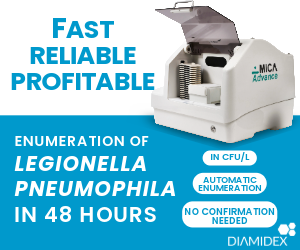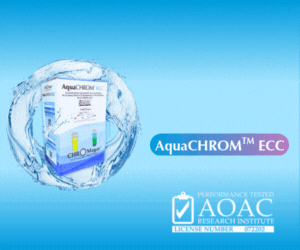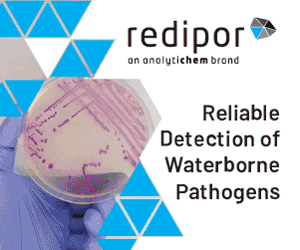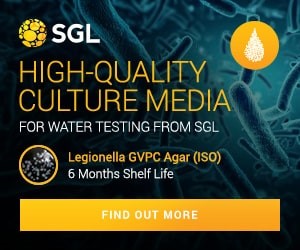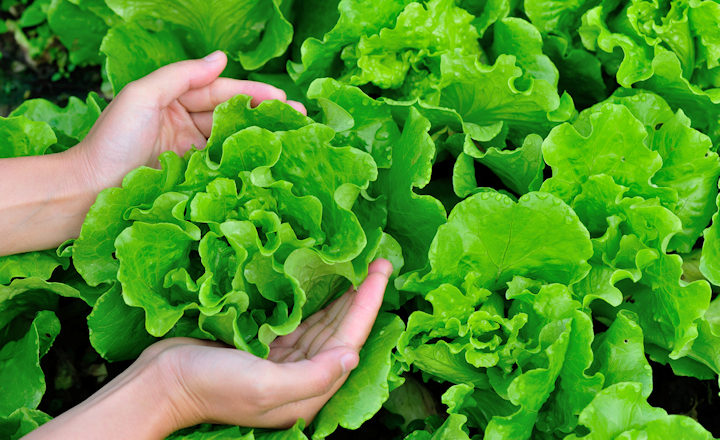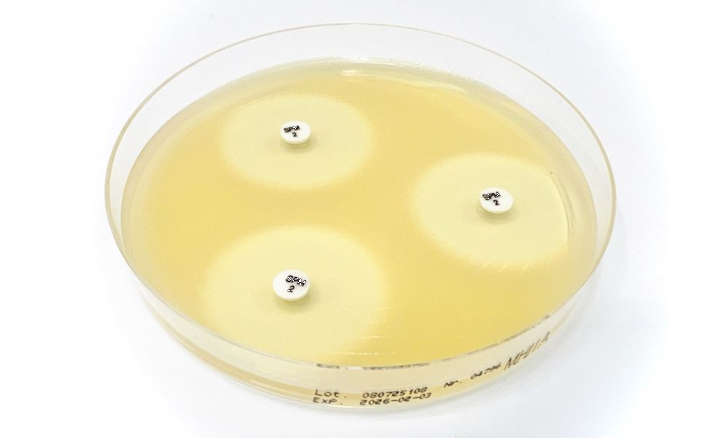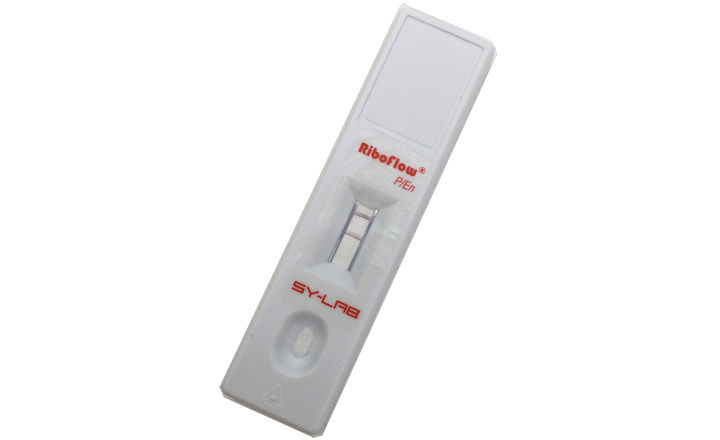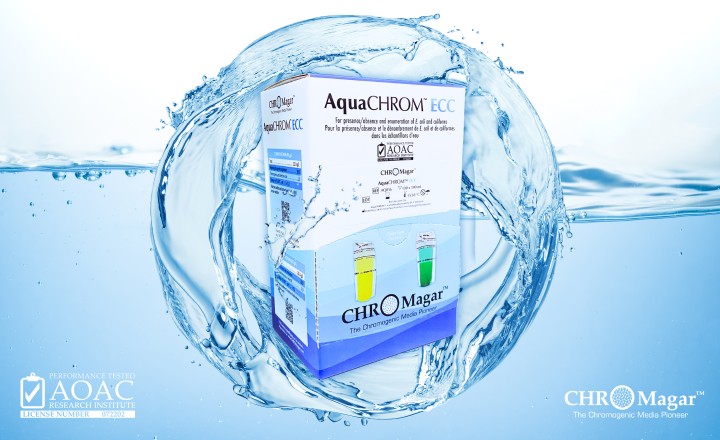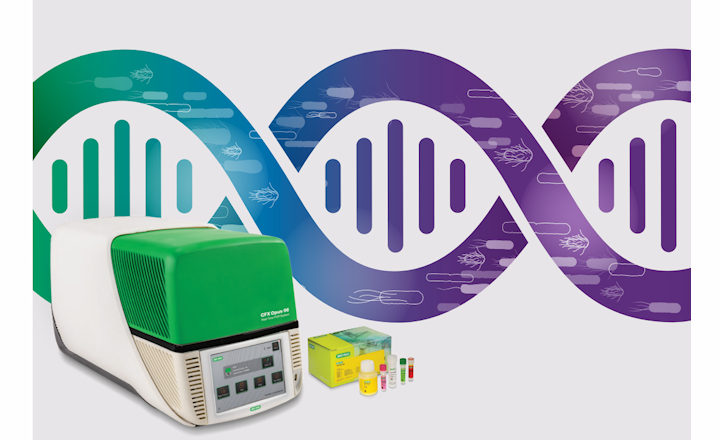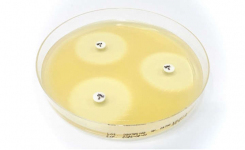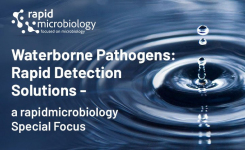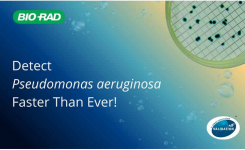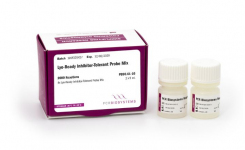- Many fresh produce items are eaten raw, so internalized pathogens cannot be removed through surface washing or sanitization.
- Romaine lettuce and cucumbers are frequently linked to outbreaks caused by E. coli O157:H7 and Salmonella enterica.
- Understanding the pathways of pathogen internalization is essential for designing pre-harvest controls (e.g. seed treatment, irrigation management).
- Evidence that blossoms and seeds can serve as key entry points suggests specific intervention targets in the farm-to-fork continuum.
- Seeds inoculated with E. coli O157:H7 (107 CFU/mL): after 6 weeks, 100% internalization into romaine lettuce roots and leaves and cucumber roots and shoots.
- Growth medium inoculated with E. coli O157:H7 (107 CFU/mL): after 30 days, 93% internalisation into romaine lettuce leaves.
- Day 20 leaves spray-inoculated with E. coli O157:H7 (107 CFU/mL): after 30 days, 100% internalization into lettuce leaves.
- Cucumber blossom stigma inoculation (10 μL of 107 CFU/mL):
- E. coli O157:H7: 95% (53/56) internalization into mature fruit.
- S. Typhimurium: 96% (52/54) internalization into mature fruit.
Bigger picture: While fresh produce outbreaks are often attributed to postharvest contamination, a recent FDA and CDC investigation has shown that persistent reservoirs in the farm environment may also contribute to outbreaks.2 This work strengthens evidence that foodborne pathogens can invade internal plant tissues, not just contaminate surfaces. Because internalized bacteria are shielded from conventional washing and sanitizing protocols, they represent an elevated risk to consumers.
In commercial fields, however, pathogen loads are typically lower and environmental factors such as UV exposure, microbial competition, and plant defences may limit internalization. Further research is needed to determine how often these events occur under real-world agricultural conditions, to establish the occurrence of internalization events in the commercial agricultural setting.
References:
- Mina and Deering. 2026. “Internalization of foodborne pathogens and their presence in lettuce, cucumber plants, and fruits.” Food Microbiology. Vol. 133: 104878.
- Jenkins et al. 2023. “An investigation of an outbreak of Salmonella Newport infections linked to melons—United States, 2020.” Food Control. Vol. 152:109833.


